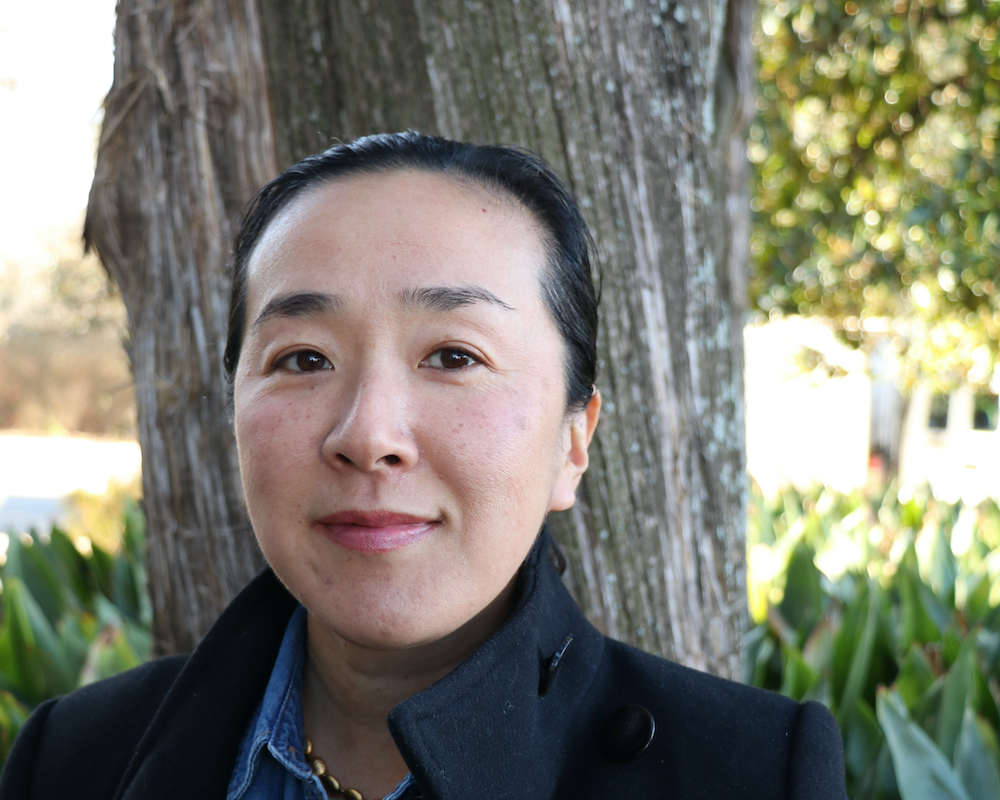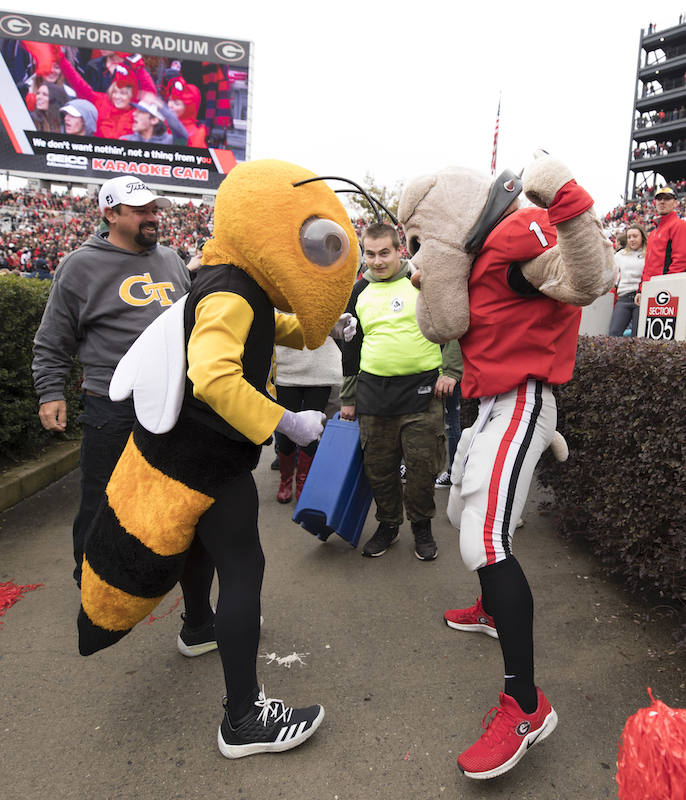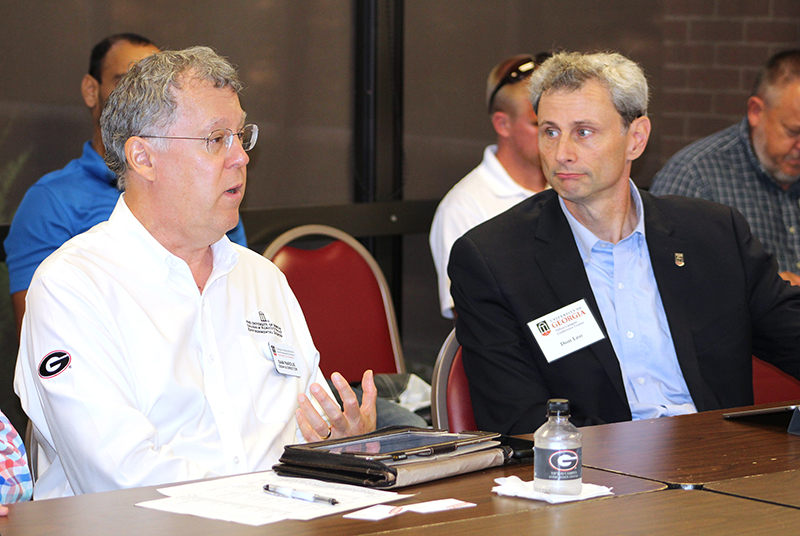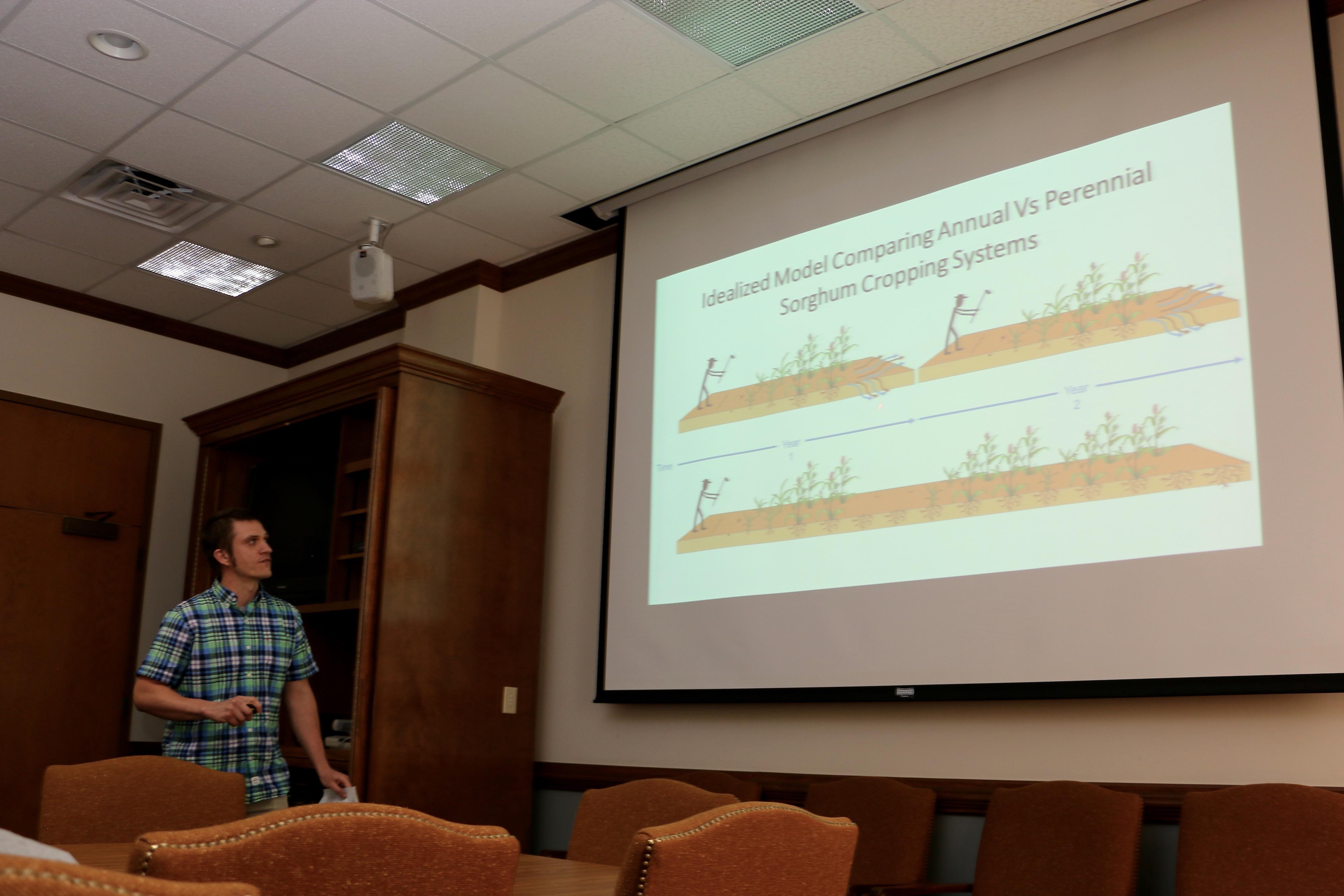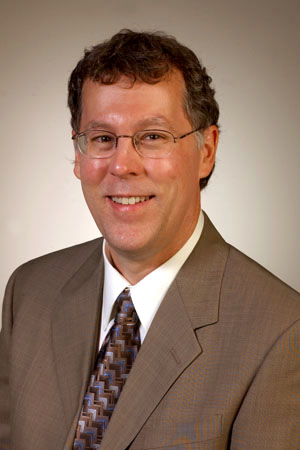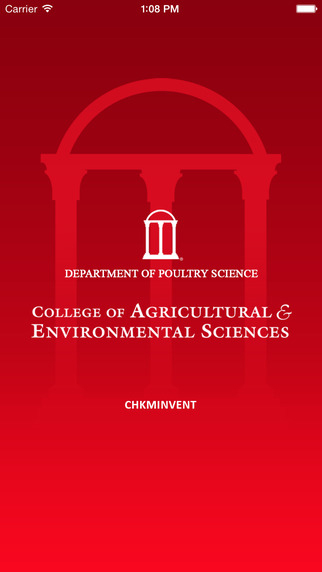Bruce Byrd, Nick Sopchak and Taylor Parrish solved a problem for a little girl with a disability.
“She was born without fingers on her right hand, and she needed some help riding a bike,” Parrish said. “After meeting with her family we learned it is very difficult for her to ride up hills and to balance while riding.”
The three University of Georgia sophomores turned the girl’s need into a project for their Design Methodology Systems Approach class, which charges students to find a need, develop a plan and analyze the impact.
The team fabricated a plastic clip for her to wear on her hand, fastened with an arm brace. The clip fits into a mechanism on the handlebar of the bike.
“We went through 22 different concepts,” Byrd said, before deciding on the hinged brace with the clip. “It is pretty rare to have a class project that is so satisfying, to see her face when we gave her the bike and to really make a difference in her life.”
The course is co-taught by Tim Foutz and Sid Thompson, engineering professors with the UGA College of Agricultural and Environmental Sciences. Designed to develop critical thinking skills and economic feasibility, students learn to take a holistic view of solution development.
“We want the students to figure out what is the market, who is the stakeholder, who will buy the product and what are the effects,” Foutz said.
Teams in the class learn to create focus groups and conduct interviews to find needs. “We want them to judge their concept not based on their own opinions but rather use their engineering knowledge to develop a purposeful, profitable product,” Thompson said.
Once they have an idea, the teams are given a budget and two vendors to purchase resources from.
Other projects in the course this year included building a “dish wand” that connects to an ordinary kitchen sprayer to allow the person washing dishes to use just one hand and a device that measures and dispenses just the right amount of baby formula to help blurry-eyed parents with late-night feedings.
“If I need to fix something in the future, I can think about what I learned in this class and figure out how to evaluate the situation and work smarter, not harder,” Paul Adeyemi, a student in the course.
Two years ago, students in the class built demonstrations to teach school children about mechanical engineering. The year before that, students were handed a sheet of wood and told to build something useful.
“We try to change it up,” Thompson said. “We don’t want it to be the same every year. That would be boring.”




